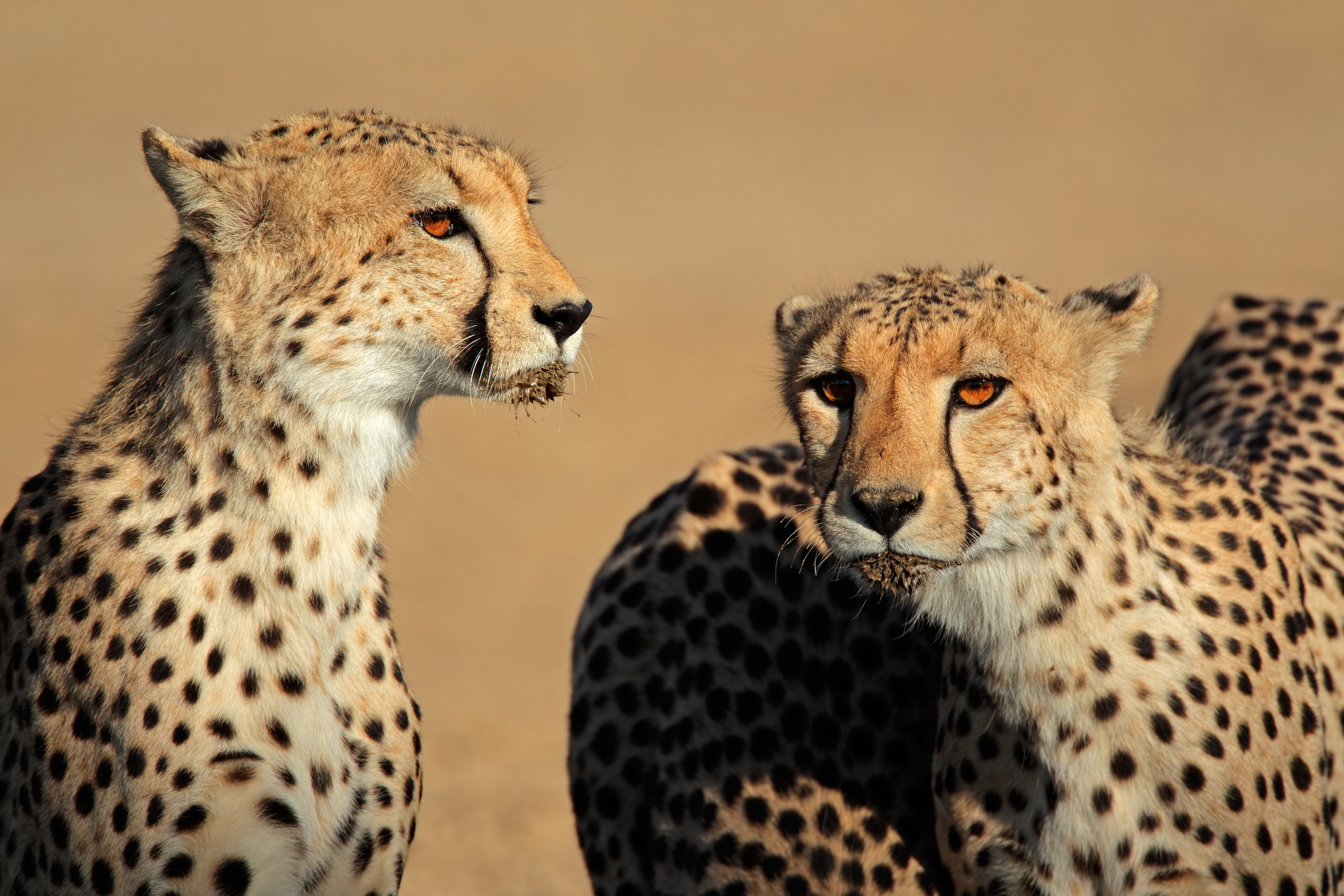Kiwis are funny-looking, round, and flightless birds and are the only birds in the world with nostrils at the ends of their beaks. They have the highest body temperature of any bird, over 100 degrees Fahrenheit, and they also lay one of the largest eggs relative to their little bodies. The kiwi fruit was also named after this bird and not the other way around. They are the national bird of New Zealand, and as of Friday they are now classified as “no longer threatened.”
The North Island brown kiwi’s population has grown to over 20,000 thanks to enormous conservation efforts from the New Zealand government. For years, its population had been going down, being classified as “at risk — declining.” The New Zealand Department of Conservation, however, has been working to protect this little grounded bird with the help of volunteers, and the work has paid off. Most of the results came from protecting the kiwi eggs.
A particularly vulnerable bird
Being a flightless bird doesn’t provide kiwis with a lot of evolutionary advantages, and their nests on the ground are very vulnerable to stoats, ferrets, and rats. Without help, kiwi chicks only have a five percent chance of growing to adulthood in the wild. With help from projects such as Operation Nest Egg, however, kiwi eggs have been taken from their nests, raised in captivity, and then released back into the wild. There has also been extensive trapping and efforts to redirect pests and predators from kiwi nesting areas. These initiatives have been able to raise kiwi chick survival rates by 30 to 50 percent.
“There’s still a huge battle to be fought, but this is hugely encouraging,” said Hugh Robertson, chief science advisor of the Department of Conservation. He advises that the North Island brown kiwi’s population can continue to rise with continued and focused conservation efforts.










